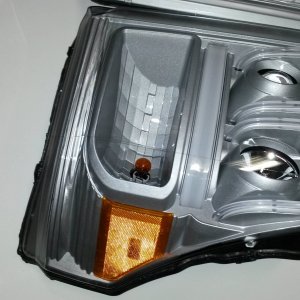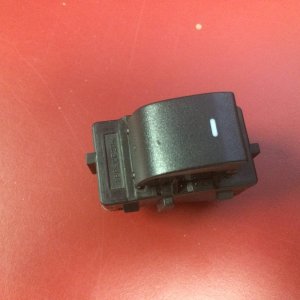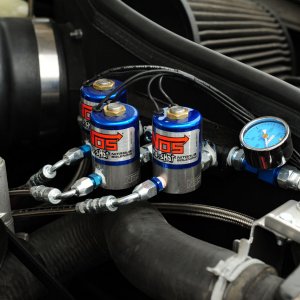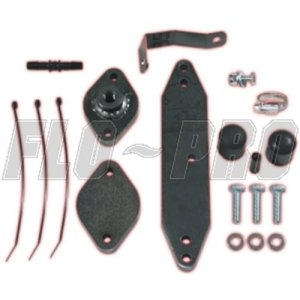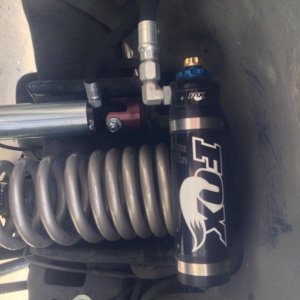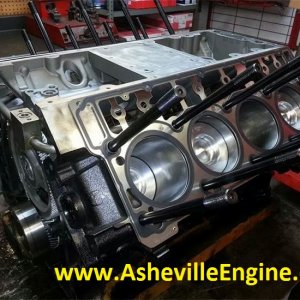Any idea what causes the melt down? Is it possibly just some bridged connections or something? I'm assuming these are tested for voltage before they leave your shop, so it's odd that it wouldn't happen until it's on a customers truck.
I'm not an electrical engineer...though we now have one on staff, aside from the other electronics techs that work in the electronics department...so *I* can't say with certainty what caused(causes) the catastrophic meltdown of the circuit board...
I know that over the years that we have made leaps in reliability of all of our FICMs (that failed unit was from early 2010). We have since upgraded from 'fixing &/or modifying' failed FICMs, to now proactively replacing any & all under rated circuit board components, even on our HD48v FICM model.
Prior to any repair, we do load test the FICMs (basically forcing them into a very aggressive inductive heating cycle, while simultaneously firing 6.0L injs) to see how bad the unit is...we test them just to make sure that the FICM is, indeed bad...in the odd case that the customer may have something else going on with the truck..so we don't just dive in and replace parts.
If the FICM voltage drops during the initial testing, then the techs will crack it open and begin the rigorous tear-down process, removing & replacing over 30 independent circuit board hardware components. If that FICM is intended to be built as a 58v unit, then they would also do the necessary modification to increase the output voltage.
Once the hardware components are replaced, the techs determine which flash to install...be that the Ford flash, or the PHP flash. We use the customers' geographic location to choose the flash with the appropriate level of inductive heating, if he didn't chose the optional performance flash.
After the flash is programmed, then the FICM is re tested, again simulating the worse case scenario (by manipulating engine sensor sims) we force the FICM into a very high amperage load test for 15 minutes. During this test, the techs use one of the oscilloscopes to ensure that every on & off signal has the proper shape & waveform to properly trigger the injector solenoids.
Once the burn in is completed, then the unit is labeled, the cover plate is installed, and is boxed up & shipped.
The techs also water test the case & cover to ensure that no moisture can enter the case.
I do know that prior to starting the 'dunk test'...we did have some FICMs that arrived with coolant moisture inside the cases (most likely from customers doing the recommended voltage test w/ multimeter, and 'spilling' some coolant into the case)..
so I know that our procedures have adapted to account for scenarios previously not considered.
The coolant in the cases was something that took out a few FICMs...the techs now fully clean & dry the inside and outside of the case prior to submersing & testing them...
I'm sure there have been failures caused by slip ups on our end...but we're really trying to deliver a product that is better performing and more reliable than the factory units...
but, when they fail in a catastrophic manner, like the early build pictured..there really isn't any forensics to be done, LOL...




